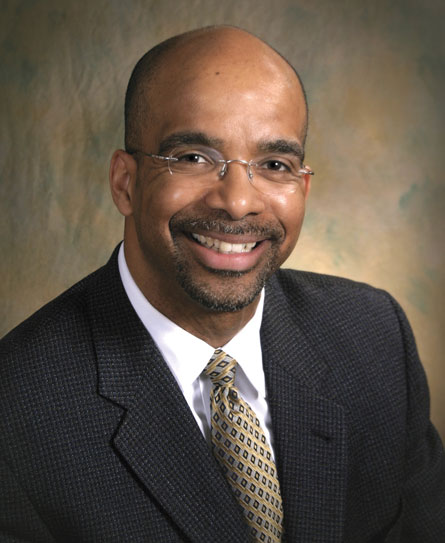Dramatic gains in cardiovascular care in the United States risk being negated by an epidemic of obesity, diabetes and other conditions. How do you see us navigating these crosscurrents?

This is the dichotomy of influences under which we currently exist in the cardiovascular community. Heart disease and stroke continue to be leading causes of death in this country. But the fact is, we’ve seen a dramatic shift in the natural history of cardiovascular disease and strokes. Since 2000, there’s been a 30 percent decline in death due to coronary heart disease and a 26 percent decline in death due to strokes.
These are truly heroic steps that are in part attributable to scientific developments and advances made in urgent care. One area where we’ve improved is secondary prevention. For example, in heart attacks, we’ve developed a very good understanding of how to prevent a second one. That applies to strokes, too.
But while we’ve done a great job recognizing … heart disease, you can argue that’s too late in the process…. Fortunately, we are becoming more facile in primary prevention. If we reduce blood pressure, encourage exercise and get people to stop smoking, we can interrupt the development of disease. And not surprisingly, but unnoticed by many, at least half of the reductions in cardiovascular and stroke deaths is from better control of risk factors. We know primary prevention works. But we need to do it better.
Meanwhile, there is another set of indicators that are very compelling and, quite frankly, disturbing. We run the risk of having the first generation of Americans who will experience a state of health that is worse than the previous generation’s. The implicit contract made from one generation to the next, that life will be better, is at risk of being broken.
This is almost entirely due to the burden of obesity in the community. Obesity science is complex. It’s not just calories in, calories out, but rather a matrix of factors — physiological, societal, ecological and economic. Any effort to affect obesity can’t just be put on the back of the individual.
How do you see health care reform affecting cardiovascular care?
We’ve got to get health care reform through. Everything comes at a cost, but there will be a greater cost if we’re unsuccessful. The uninsured and the underinsured are affected disproportionately by today’s health care environment. Science and new discovery are similarly impeded by the lack of sustained investment in new technologies and new discoveries. Best practices are not always being followed….
I see opportunities here, an environment in which we will reach many more people affected by cardiovascular disease and stroke who are currently out of the loop. As the leading cause of death and disability in this country, cardiovascular diseases, including stroke, will be leading indicators of the success or failure of health care reform. At the AHA, we are deeply invested in health care reform and will continue to take a patient-centric view that advocates for accessible, affordable and adequate care for all.
Stroke continues to be a problem in this country. Where is stroke care headed?
Stroke by itself is the third leading cause of death and especially [of] disability in this country. Every 40 seconds a stroke occurs and 20 percent of strokes result in some form of institutionalized care. But stroke care is evolving; therapy at the time of the acute event can result in dramatic improvements in stroke outcomes and the secondary prevention measures are quite effective. Here are the two near-term challenges: We need to elevate the awareness of stroke and … stroke symptoms and we need to vigorously target the risk factors for stroke. Exciting research is ongoing to better preserve neurological function at the time of the event and, hopefully one day, to restore function in stroke victims….
In the Internet age, patients go online and gather advice on medical matters. How do doctors contend with that?
The information age makes it both easier and harder for doctors. It’s easier because it completely obliterates any barriers we’ve had about access to information. But it makes it harder because now patients and physicians have to adjudicate the information received. What is the quality of this information? What is its origin? All of us in the various areas of science and health have a responsibility to separate the noise from the information. That is no easy task.